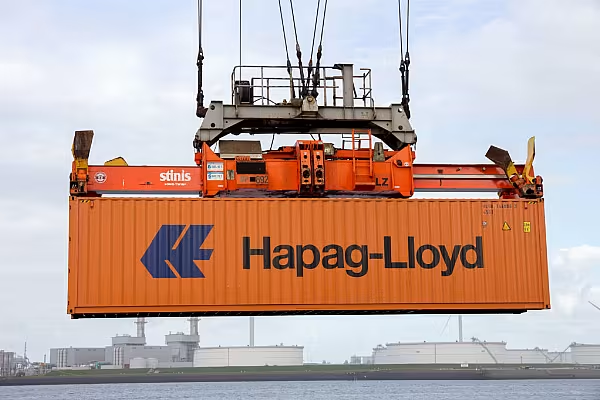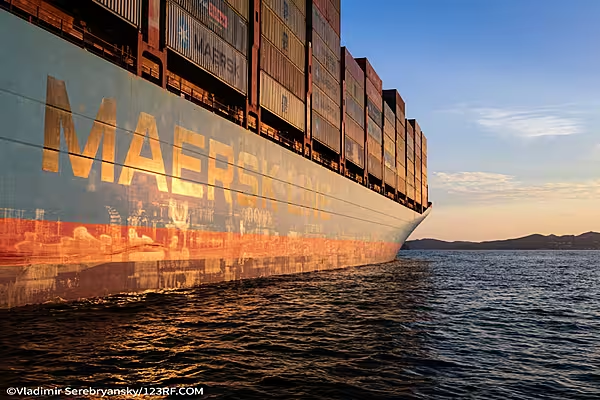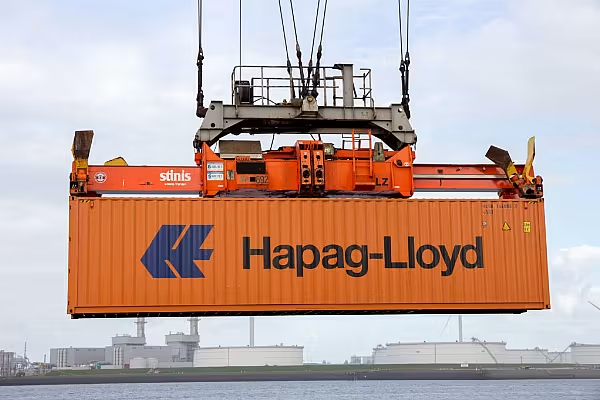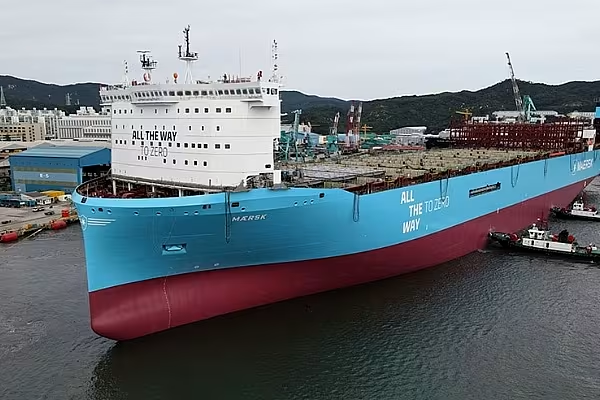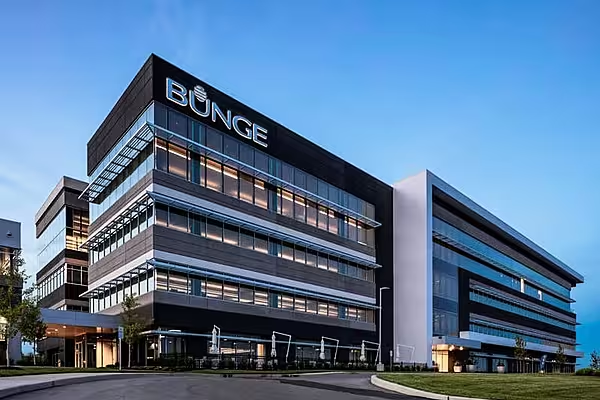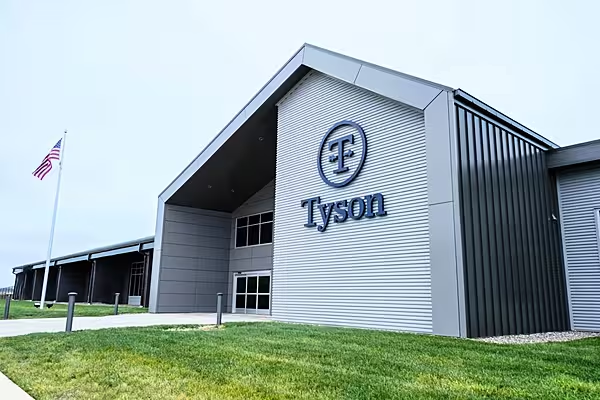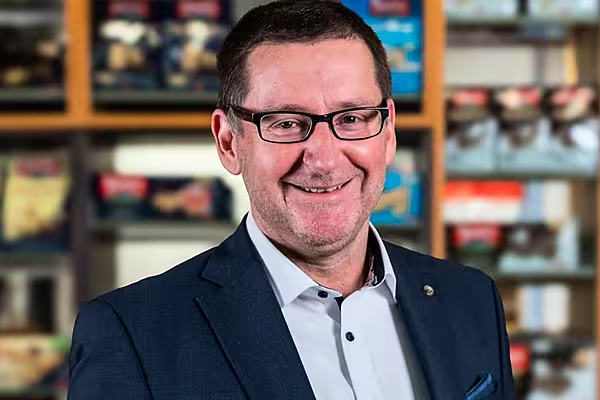German container shipping line Hapag-Lloyd reported a more than ten-fold surge in nine-month net profit on Friday, citing record freight rates amid scarce transport capacity and rising transport volumes.
The world's fifth biggest operator said net profit climbed to €5.6 billion ($6.41 billion) in the January-September period, from €538 million a year earlier.
It expects earnings momentum to remain at a high level for the rest of the year while operators and customers across the globe will face more severe infrastructure bottlenecks due to the coronavirus crisis which has disrupted supply chains.
Pressure On Supply Chains
Global supply chains are under enormous pressure from delays due to logjams at ports.
Chief executive officer Rolf Habben Jansen told Reuters he expected some relaxation of the situation around the Chinese New Year festivities around 1 February and up to the end of the second quarter.
"But with the pandemic not behind us, 2022 will not be a normal year," he said.
Read More: Buyer's Brief – More Fright Than Freight
Hapag-Lloyd held on to its recently revised full-year guidance for earnings before interest, taxes, depreciation and amortisation (EBITDA) between €10.1 billion and €10.9 billion and earnings before interest and taxes (EBIT) between €8.7 billion and €9.5 billion.
Nine-Month Performance
Revenues in the first nine months increased by 60% to €15 billion euros, mainly due to a 66% jump in average freight rates to $1,818 per 20-foot equivalent standard container units (TEU).
Transport costs over the January to September period rose 16% to €7.4 billion, with shipping fuel up 12.4% at $452 a tonne.
EBITDA was €6.8 billion, up from €1.8 billion in the same period in 2020, while EBIT rose to €5.8 billion from €858 million.
The company said in August it expected to pay a healthy dividend for 2021. It will hold a capital markets day for investors on 17 November and report its final 2021 earnings on 16 March.
In October, the company said global container shipping problems related to post-COVID 19 logistics problems have intensified in the third quarter and show no sign of letting up.
